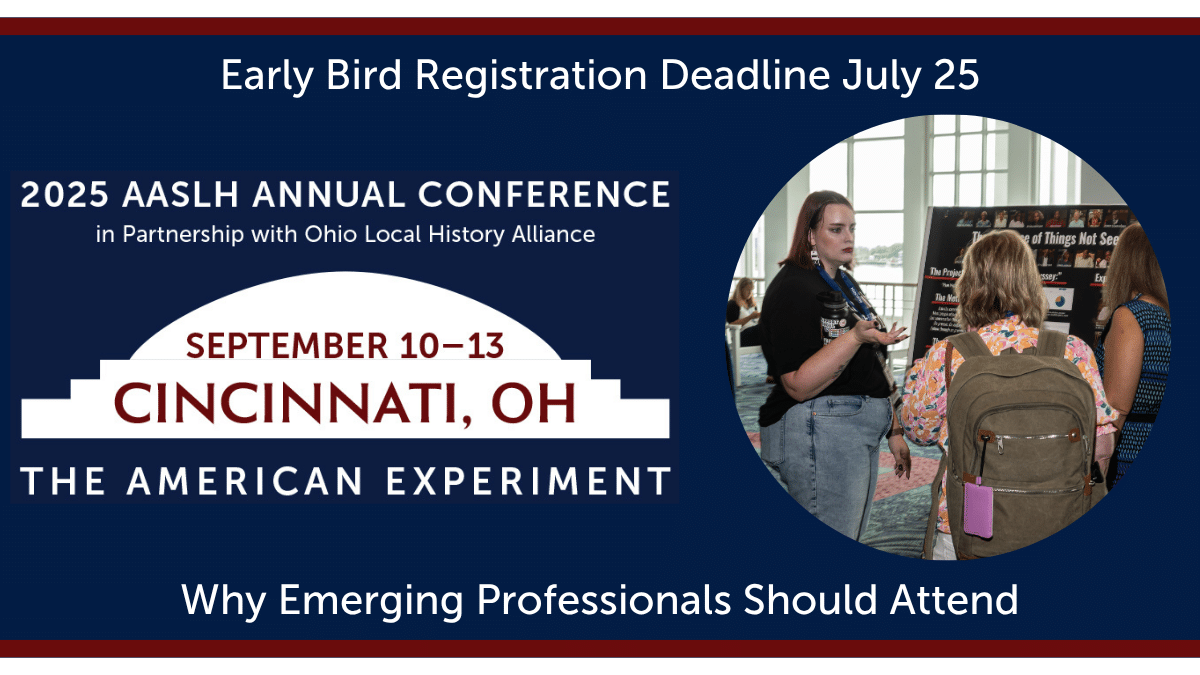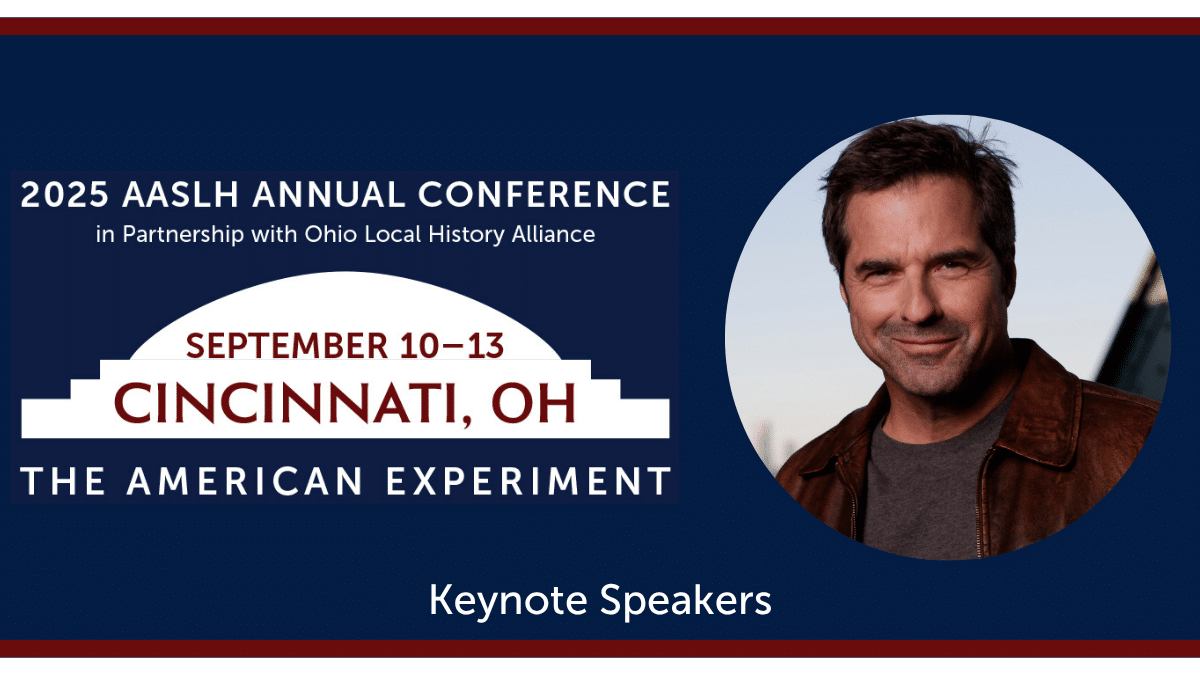At AASLH’s 2010 Annual Meeting in Oklahoma City, Small Museums Committee (SMC) members showed how small museums and their communities, despite their relatively smaller sizes, have a big impact. The audience learned how representatives from small museums in Texas, Arkansas and Oklahoma had – in various and significant ways – seized the “winds of opportunity” to enhance their funding, programming, social media, and school outreach activities.
The following year, in Richmond, the SMC held a slightly different session, even though it had a similar theme. Three panelists focused on one topic – partnering with local organizations – and provided examples of how their respective organizations successfully achieved this goal. Organizers also abbreviated the three presentations, so that audience members could share their own positive and negative partnership experiences.
This year, in Salt Lake City, representatives from three small museums will show in “Small Museums, Big Impact!” how their exhibitions successfully reflect the vibrant connections they share with their surrounding communities and with the wider world:
- Neenah, WI, has a long association with the paper manufacturing industry. (Kleenex, Depend, and Kotex were all developed here.) But local residents were unaware that Neenah’s citizens also forged a rich heritage of accomplishment outside the paper industry. Dave Dexter will describe how the Neenah Historical Society – with an annual budget under $40,000 and no paid, full-time staff – conceived, created, and promoted an exhibit that re-introduced these notable citizens to the community.
- California’s Vacaville Museum serves a county with five cities and an Air Force base in a rural region between San Francisco and Sacramento. Ten years ago, showing African connections with the local community would have been unthinkable. But by acknowledging recent demographic changes, the community embraced a successful exhibition set up by Shawn Lum and her museum’s staff.
- The Park City (UT) Museum, under the direction of Sandra Morrison, recently reopened with 5,000 sq. ft. of local history exhibitions. Topics, while contemporary, still find appealing ways to introduce locals and tourists to history’s complexity. For example, several exhibits juxtapose 150 years of locals’ stories within the context of the American West. One of the more popular exhibits, the Egyptian Theater, interprets the local experience by including a video featuring the Sundance Film Festival.
The SMC has again made some changes in this year’s session. Panelists will first briefly summarize their individual projects. Audience members will then re-arrange chairs and create three separate areas, one around each presenter, for 25 minutes of Q & A discussion. The session’s remaining time will involve moving to and interacting with another presenter.
By focusing on one topic and encouraging greater participation, the SMC hopes that this session will have as much of an impact on the participants as these exhibit projects have had in their local communities.




